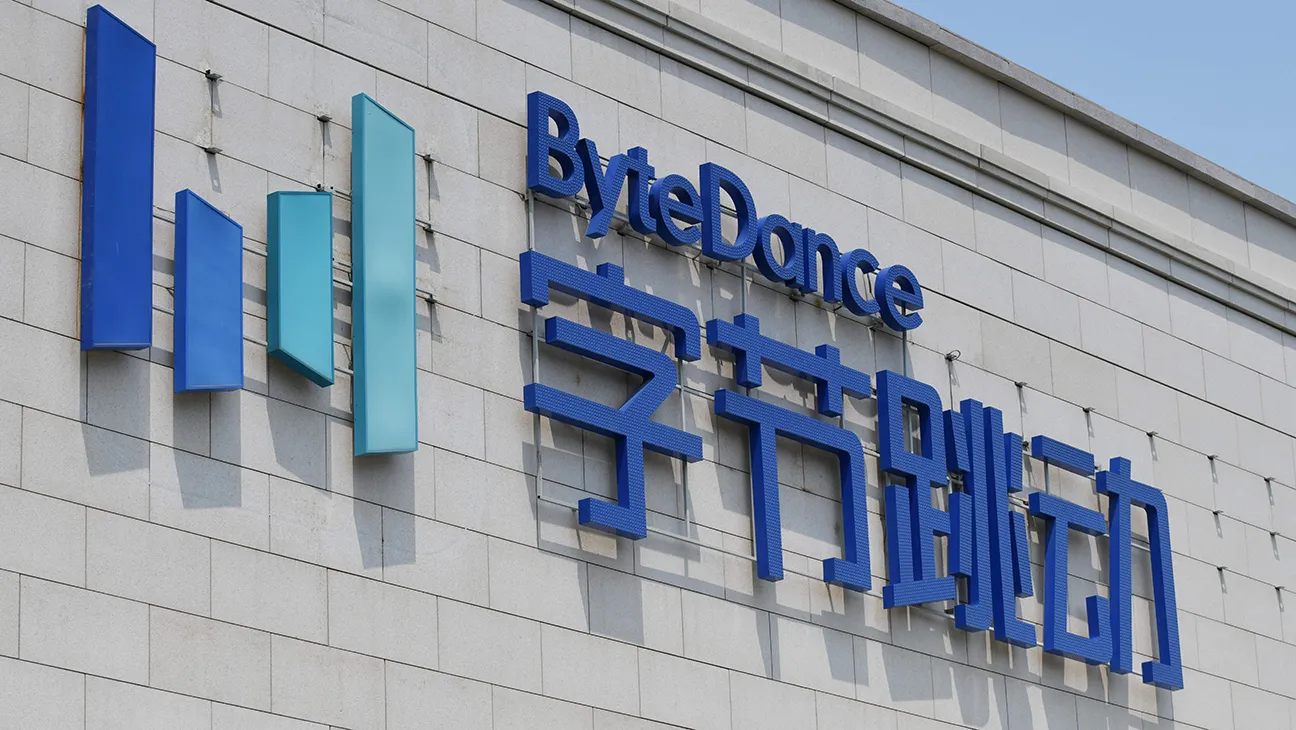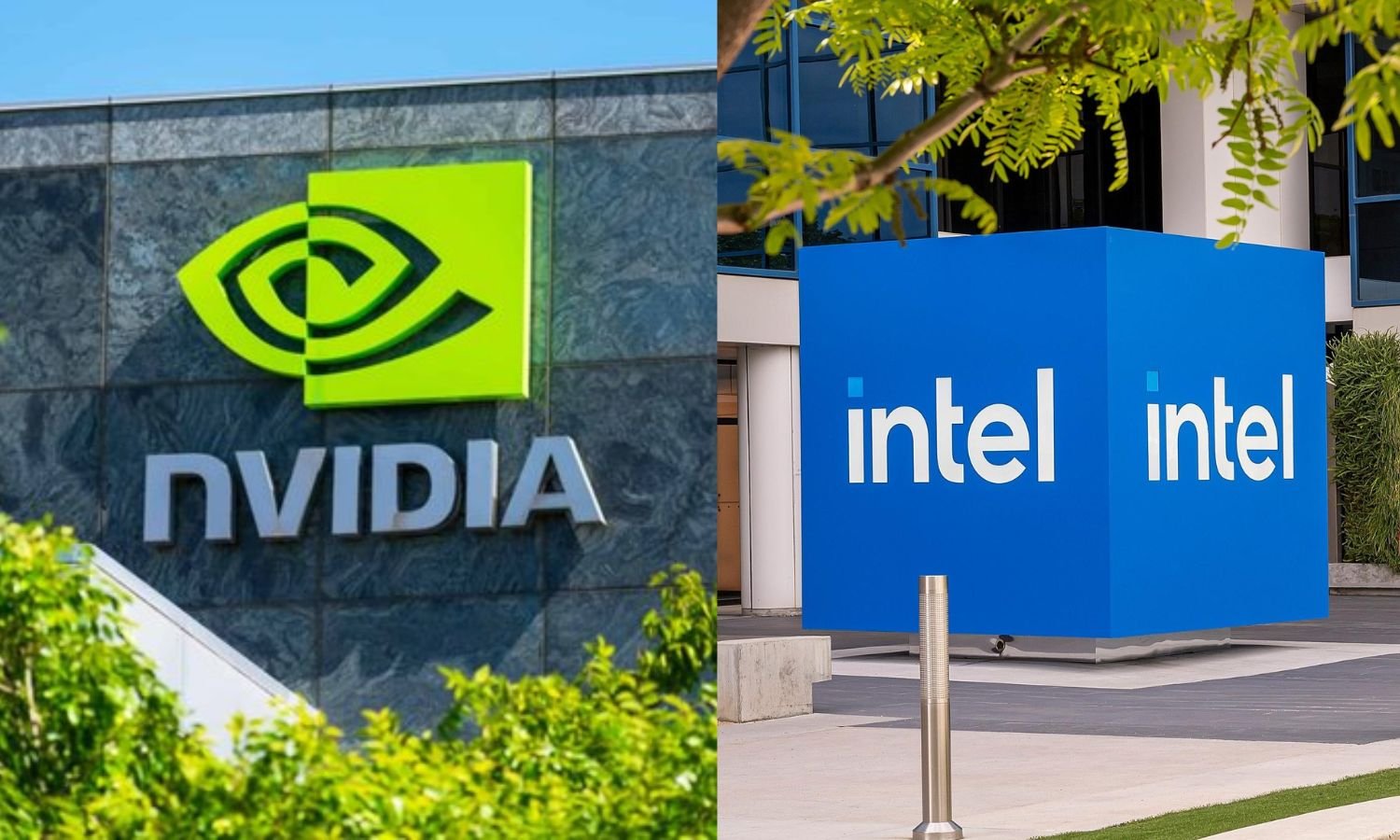ByteDance, the parent company of TikTok, has launched Trae, an AI-integrated development environment (IDE) designed to rival established tools such as Microsoft’s Visual Studio Code and Cursor. The release is seen as a strategic move to diversify ByteDance’s offerings amid regulatory uncertainties in the United States, where proposed legislation could impact TikTok’s operations.
Key Features of Trae IDE
Trae is packed with innovative features aimed at boosting developer efficiency and accessibility:
- AI Assistance: Powered by OpenAI’s GPT-4 and Anthropic’s Claude-3.5-Sonnet, Trae enables natural language-driven coding tasks such as generation, debugging, and optimization.
- Dual Interaction Modes:
- Builder Mode: Automatically generates projects from scratch.
- Chat Mode: Provides real-time, interactive coding assistance.
- Multimodal Capabilities: Supports image interpretation to facilitate coding tasks beyond text inputs.
- Seamless Compatibility: Designed to integrate with configurations from Visual Studio Code and Cursor, making it easier for users to transition.
- Language Support: Offers an interface in English and Simplified Chinese, catering to a global audience and particularly Chinese developers.
- Platform Availability: Currently released for macOS, with a Windows version in development.
Trae also features a sleek, user-friendly interface inspired by JetBrains Fleet, offering project management, plugin integration, and version control functionalities. This positions it as a compelling option for developers seeking an intuitive yet robust IDE.
Market Strategy and Positioning
ByteDance has strategically positioned Trae to compete directly with other AI-driven development tools, including Cursor, Microsoft’s GitHub Copilot, and Alibaba’s Tongyi Lingma. Its focus on localization and addressing mixed-language workflows sets it apart, particularly for developers in multilingual environments.
Trae is distributed through ByteDance’s Singapore-based subsidiary, Spring (SG) Pte Ltd, which also manages its chatbot initiative, Cici. This global approach indicates ByteDance’s intent to establish a foothold in enterprise software markets, expanding beyond its traditional social media dominance.
Building on Open-Source Foundations
Trae leverages Microsoft’s open-source Visual Studio Code as its foundation, utilizing the Electron framework for cross-platform compatibility. This allows Trae to support familiar plugins and configurations, ensuring a smooth onboarding process for existing VS Code users.
Tech reviewers have praised Trae’s ability to democratize programming, making it accessible to beginners with minimal coding knowledge or English proficiency. One early test demonstrated Trae’s capability to generate a simple, playable game within minutes, highlighting its potential to simplify complex development tasks.
Strategic Timing and Implications
The release of Trae coincides with a delay in U.S. legislation that could force ByteDance to divest TikTok. This delay may have provided the company with breathing room to pivot towards enterprise-focused software. By venturing into the developer tools market, ByteDance is signaling a commitment to diversifying its portfolio and leveraging AI to drive growth across industries.
Trae also aligns with ByteDance’s broader AI initiatives, such as MarsCode and the Cici chatbot, further solidifying its reputation as a leader in cutting-edge technology. The timing of this launch, shortly after Alibaba introduced its AI coding assistant Tongyi Lingma, underscores the competitive dynamics within the AI-powered IDE landscape.
Early Reception and Challenges
Initial feedback highlights Trae’s potential to streamline coding workflows, particularly for multilingual developers. However, early adopters have cautioned that users must verify AI-generated code to ensure accuracy and avoid errors. This underscores the need for human oversight in AI-assisted development, a common concern with AI-powered coding tools.
Despite these challenges, Trae is expected to gain traction among developers seeking efficient, AI-driven solutions. Its ability to adapt to the specific needs of non-English speakers and automate routine tasks positions it as a promising tool for fostering global innovation.









